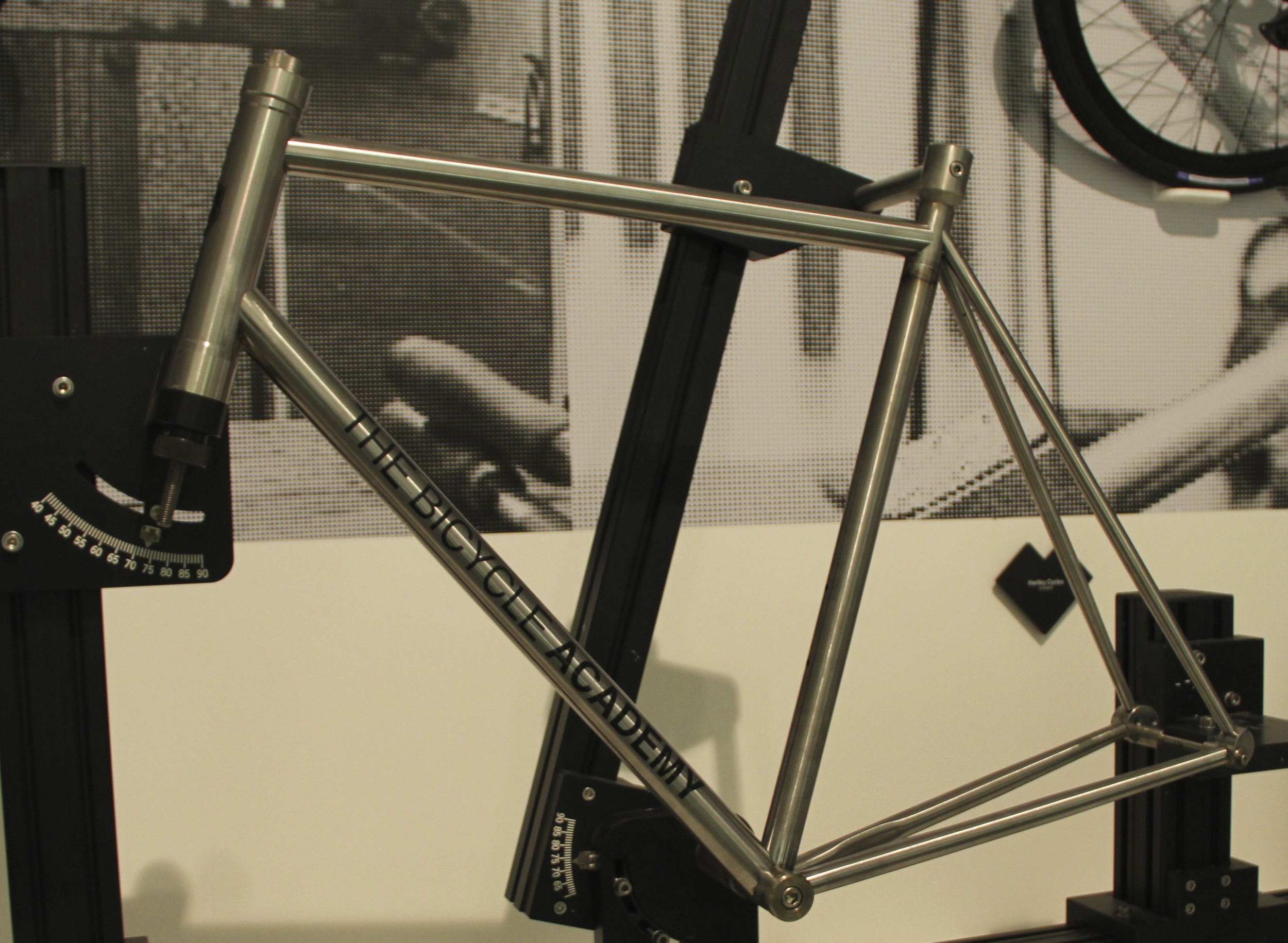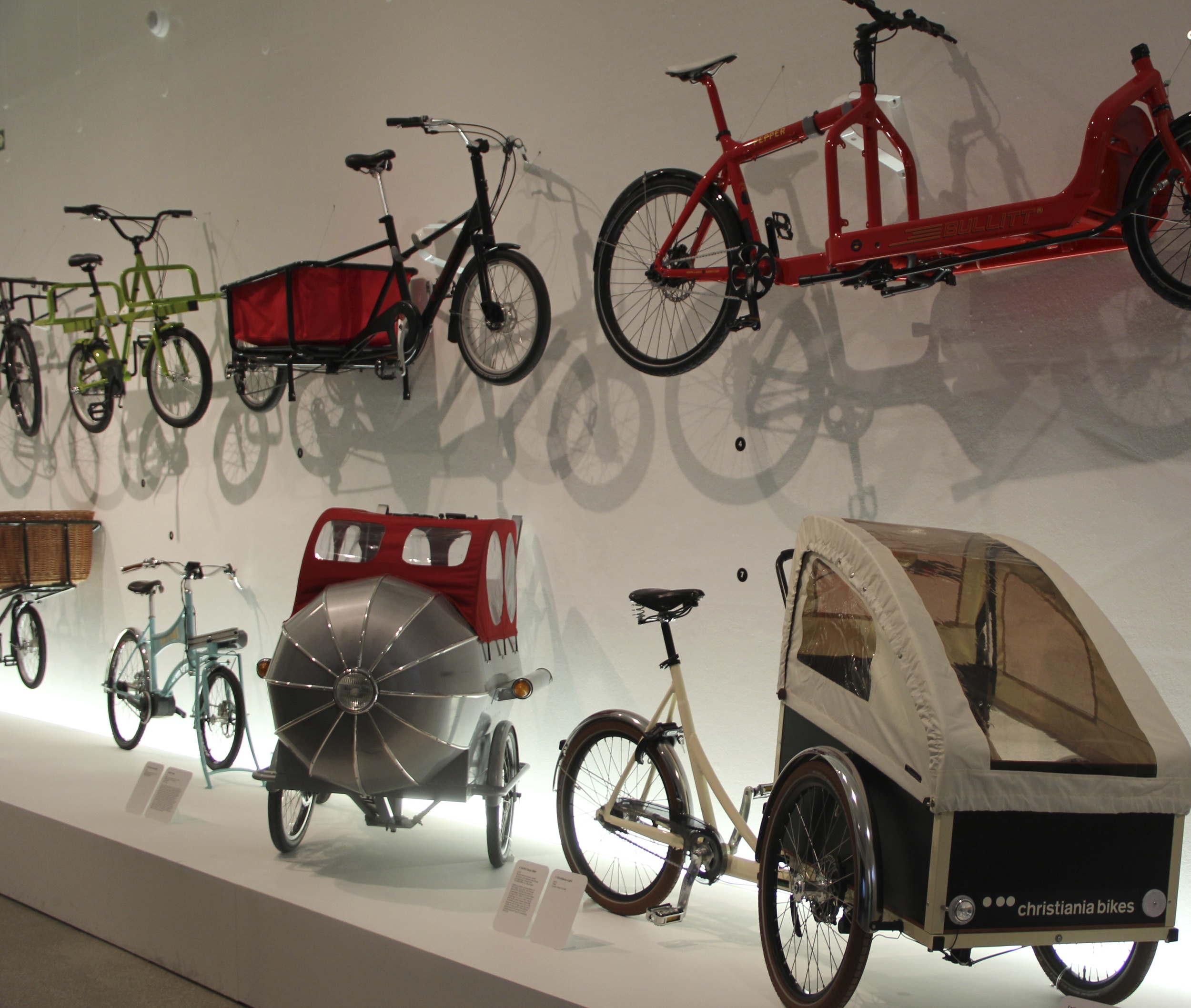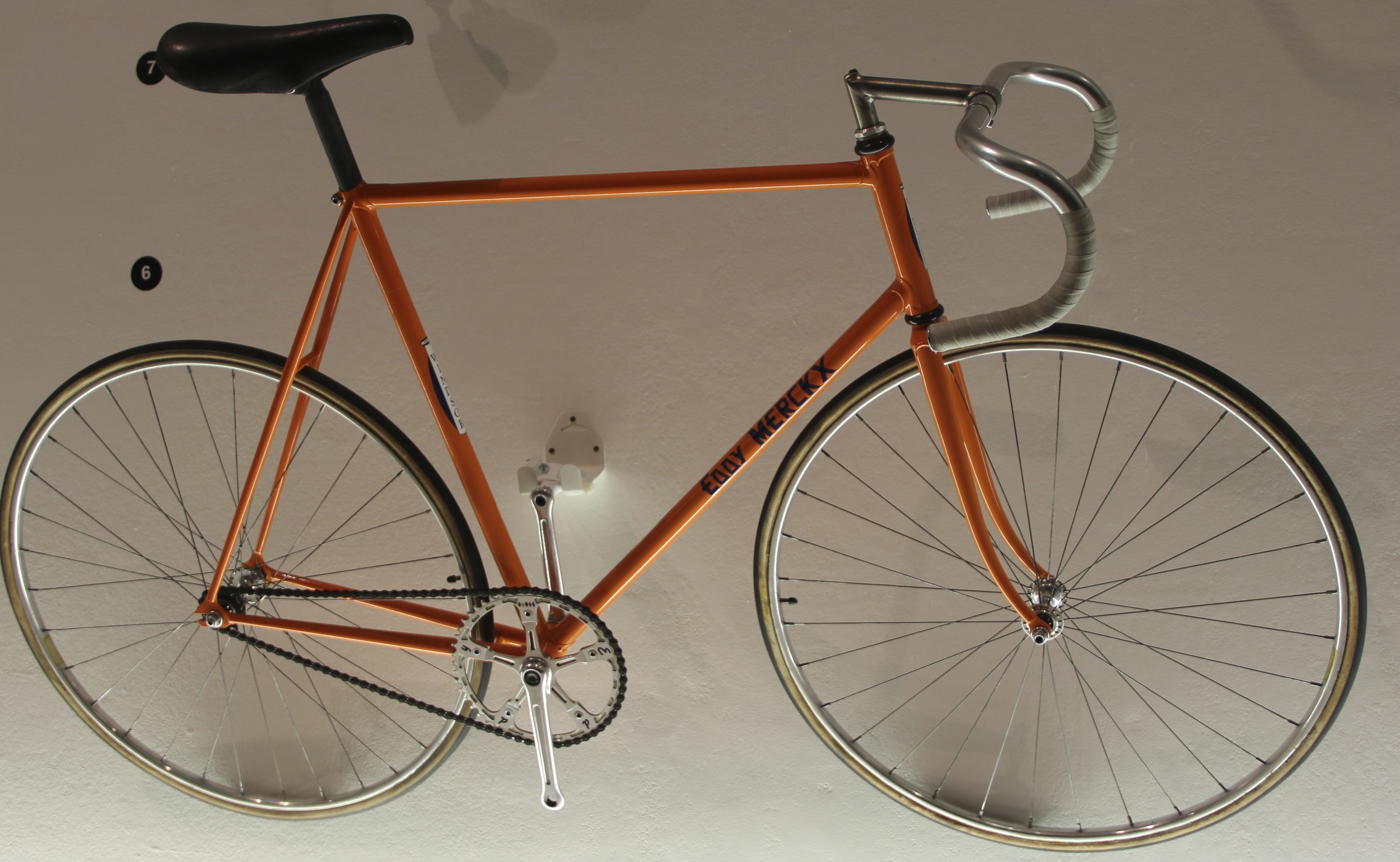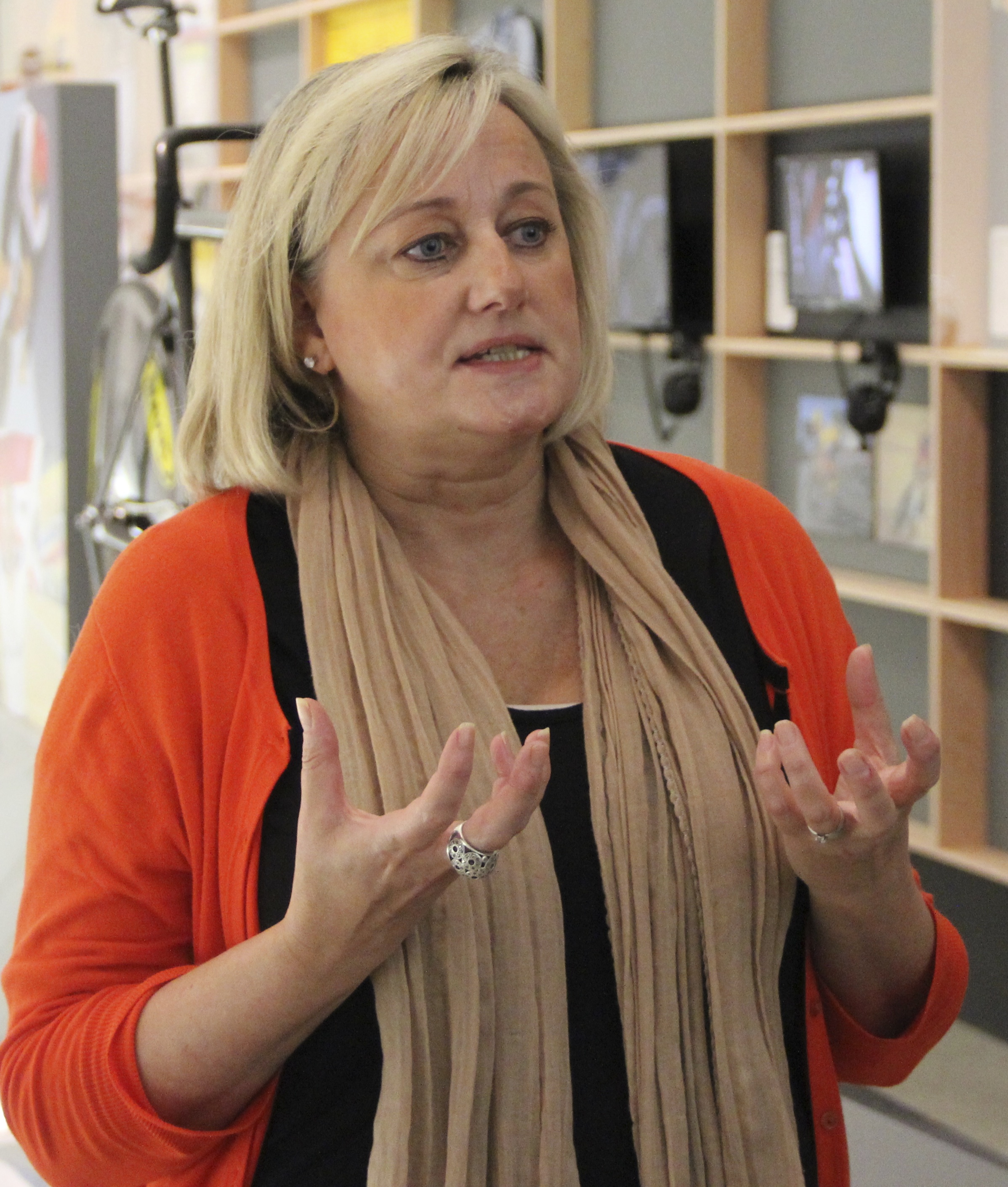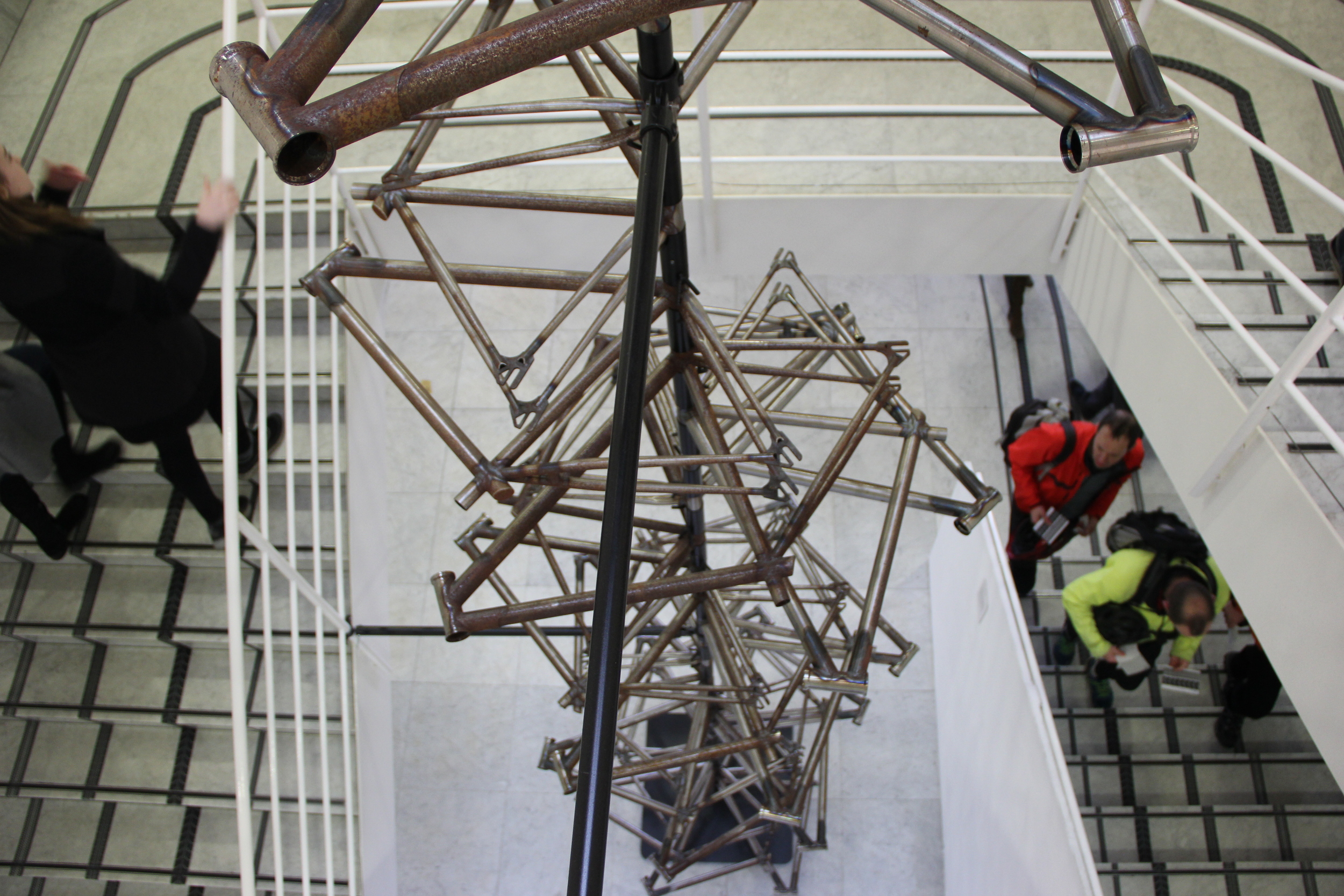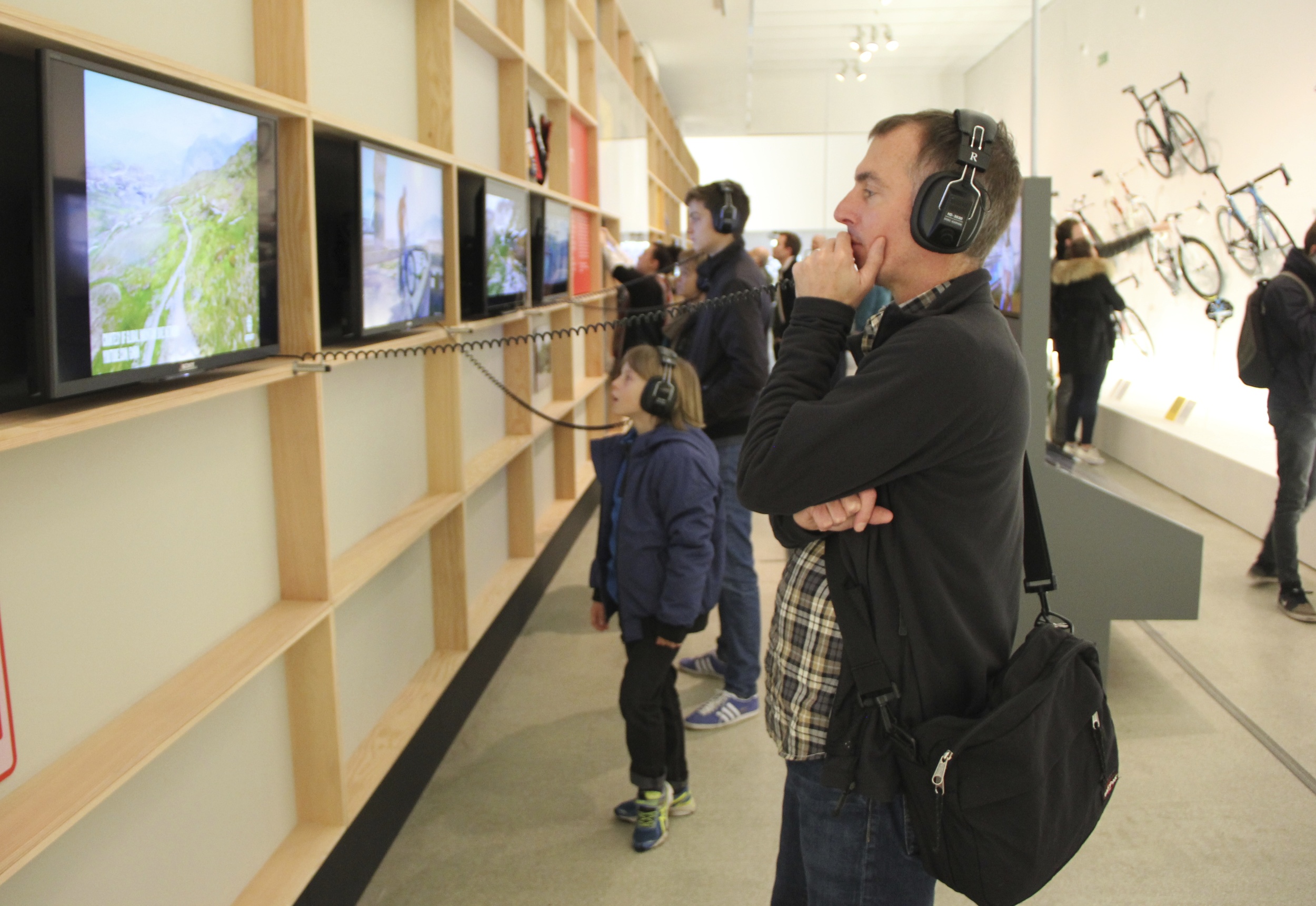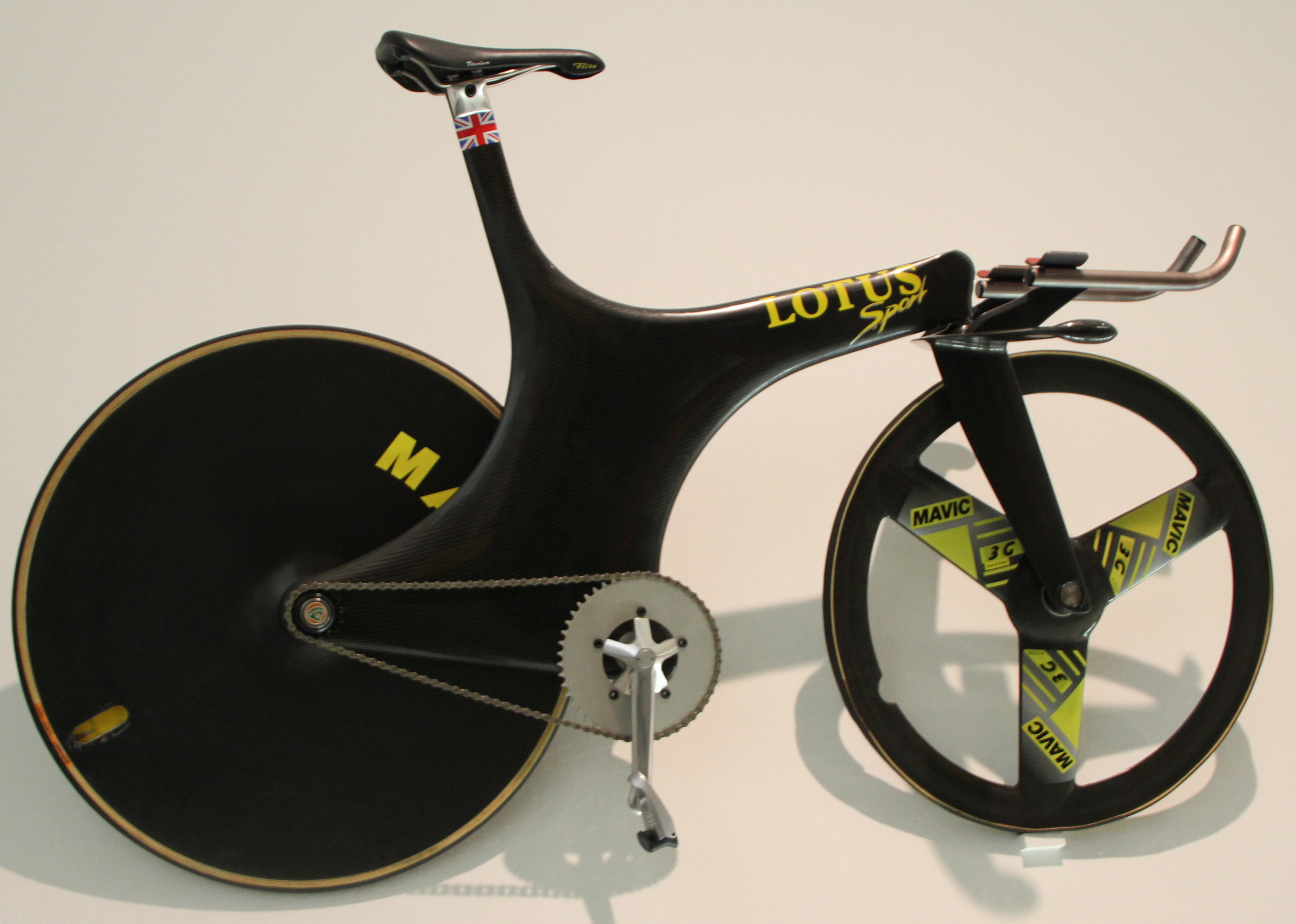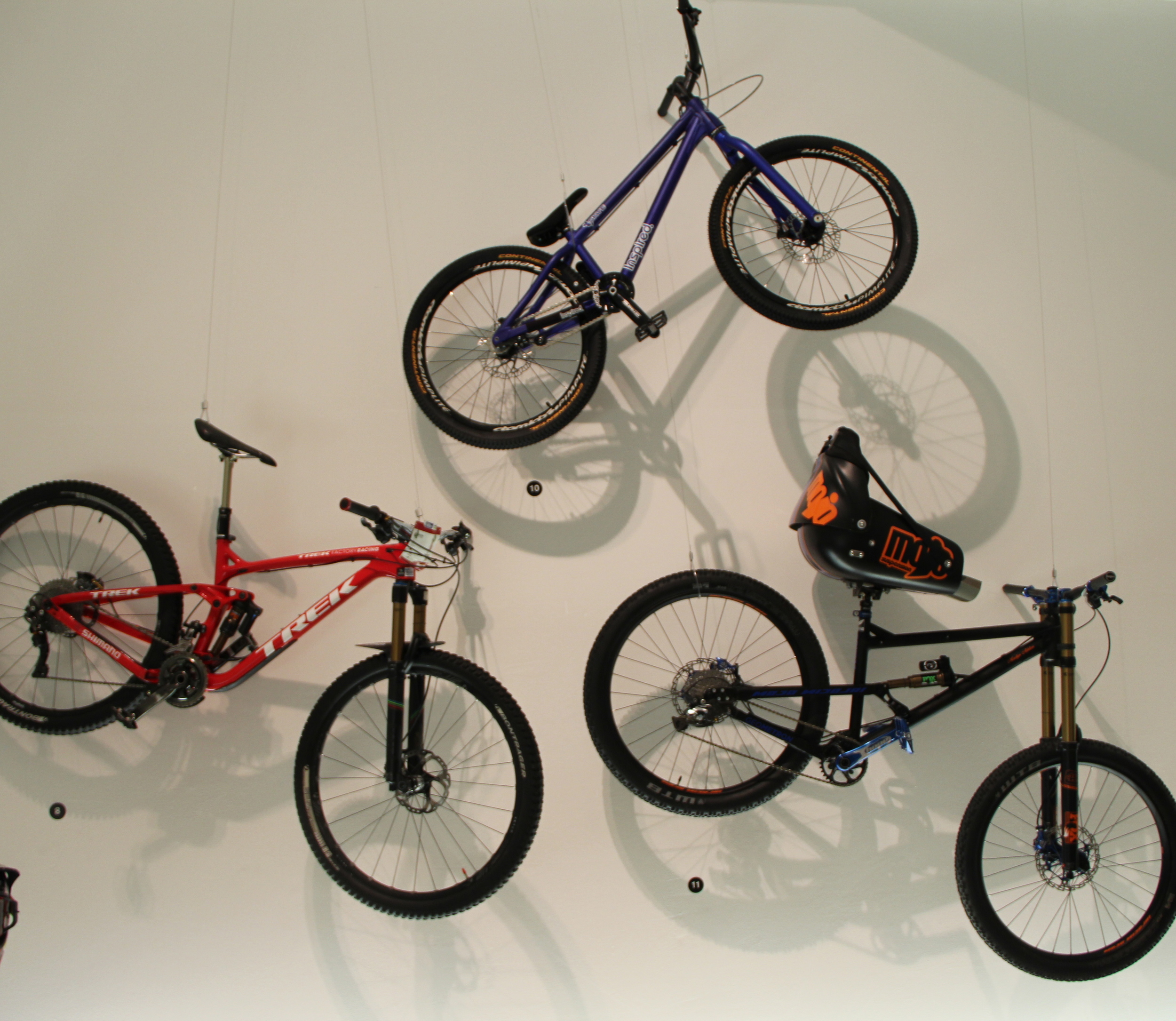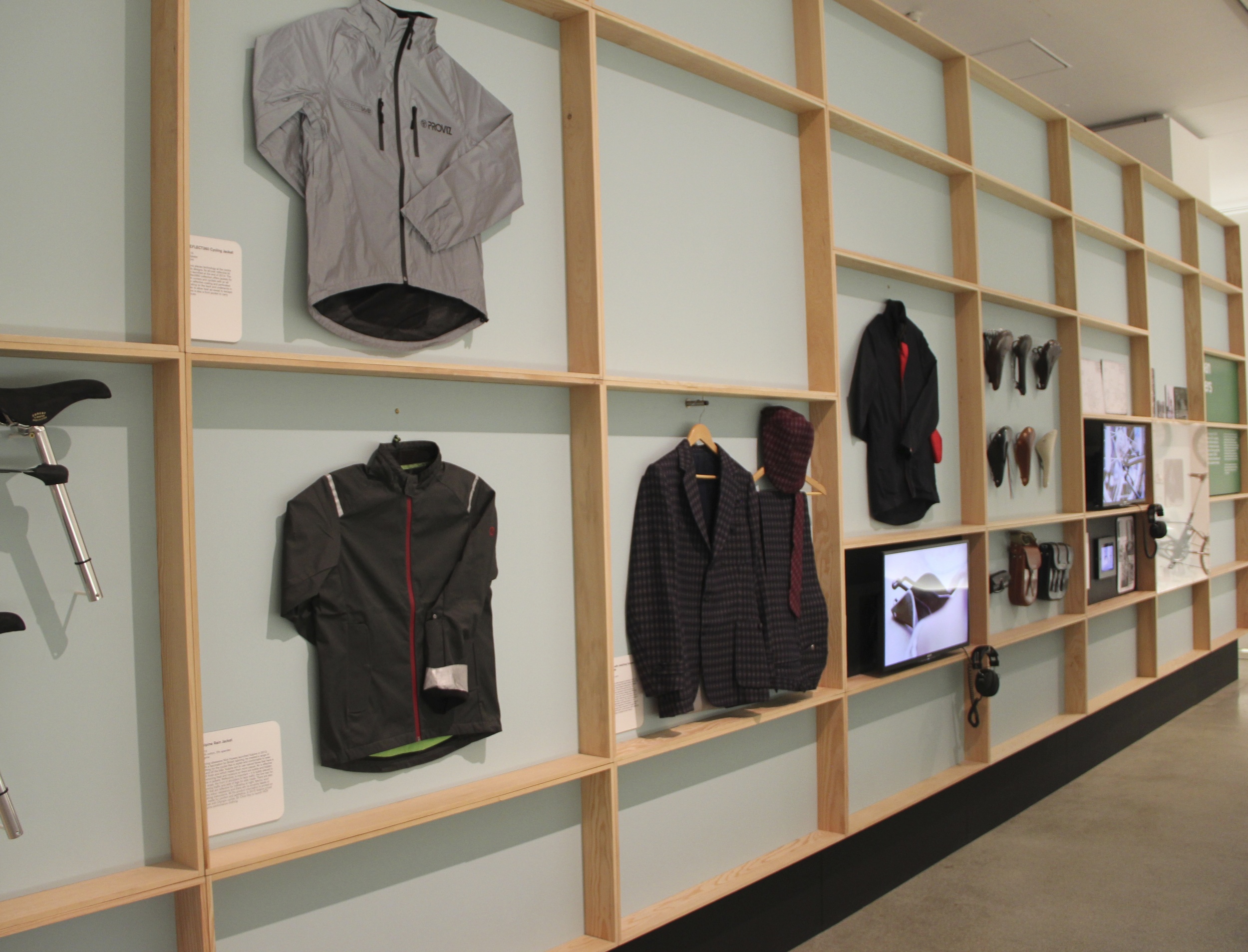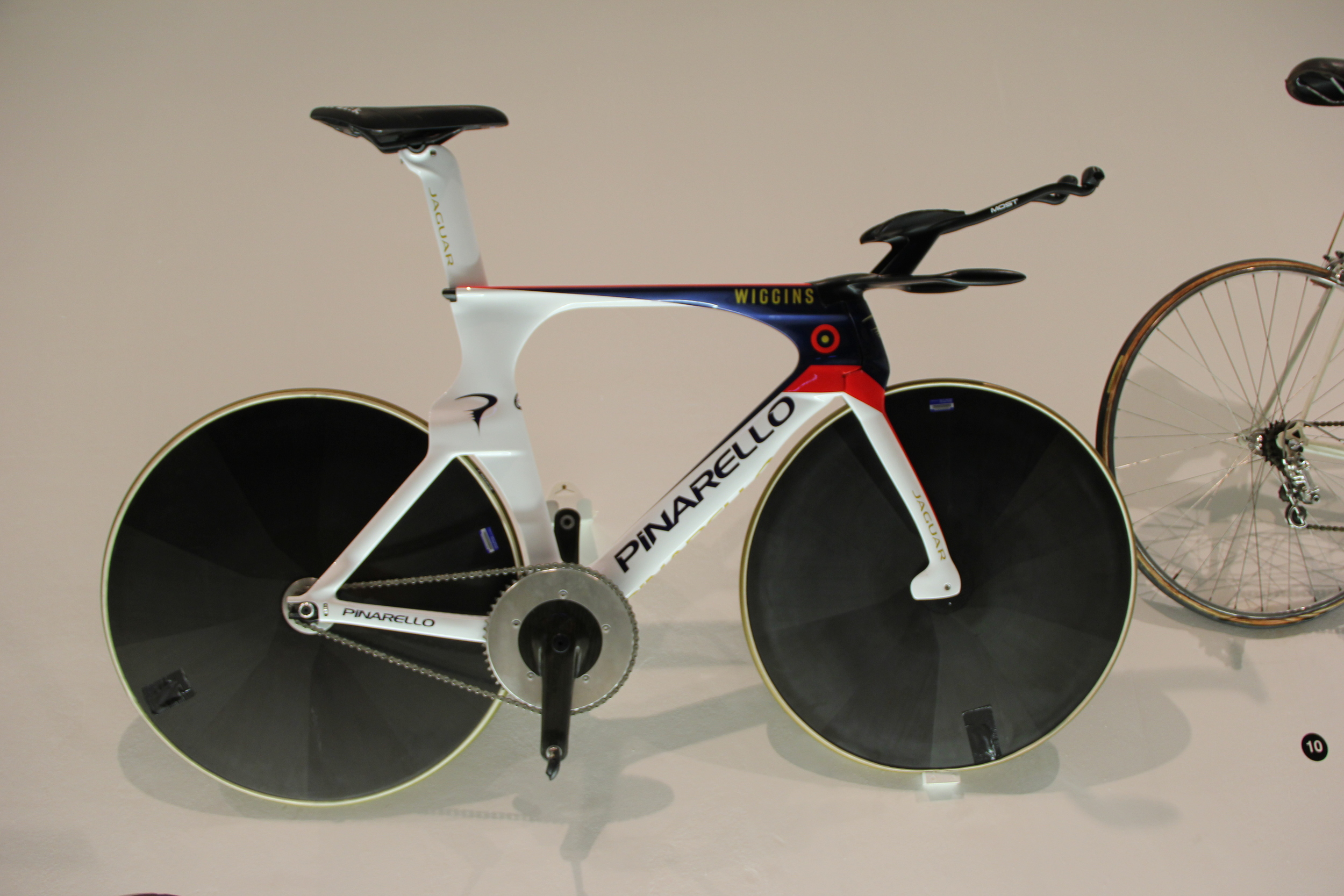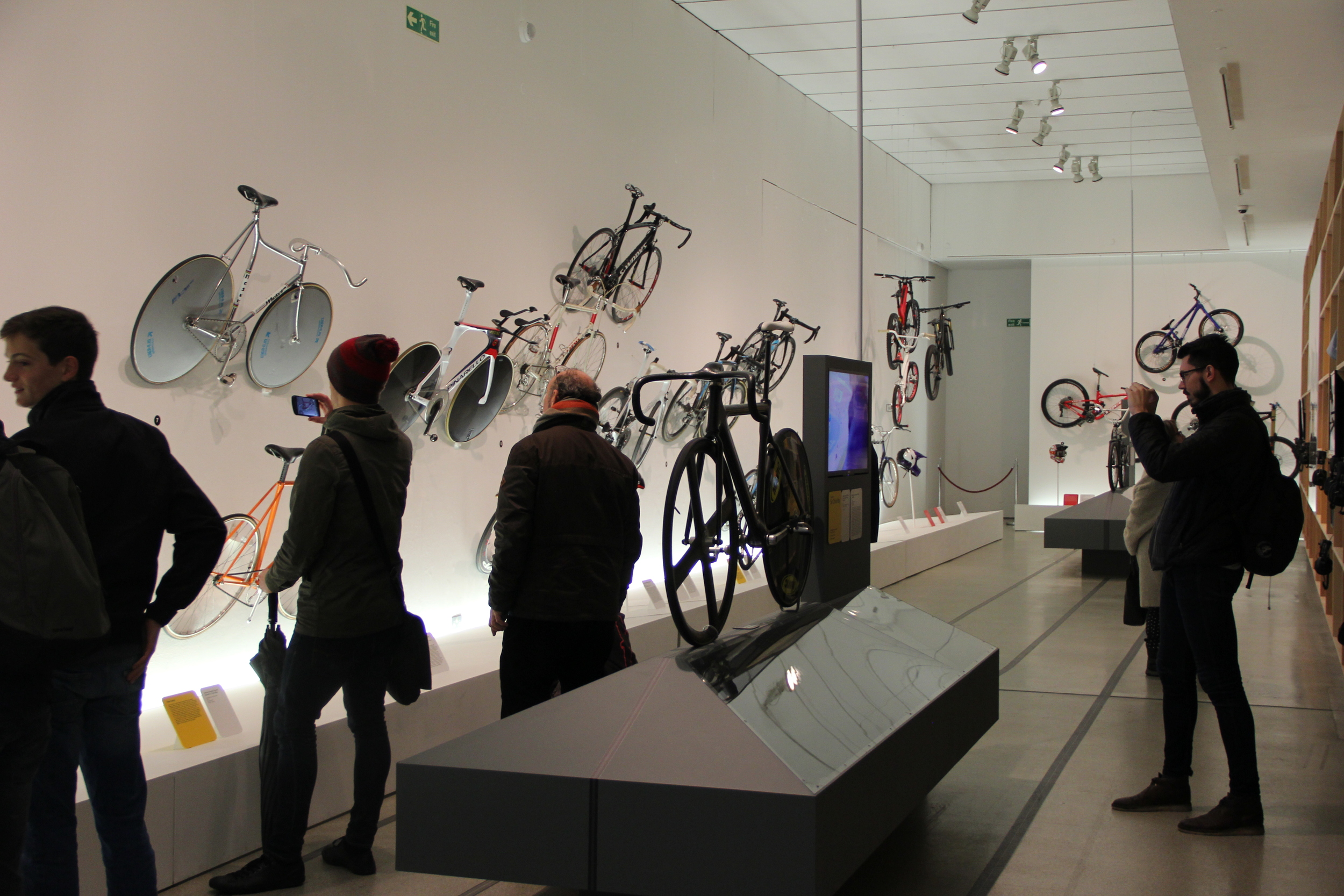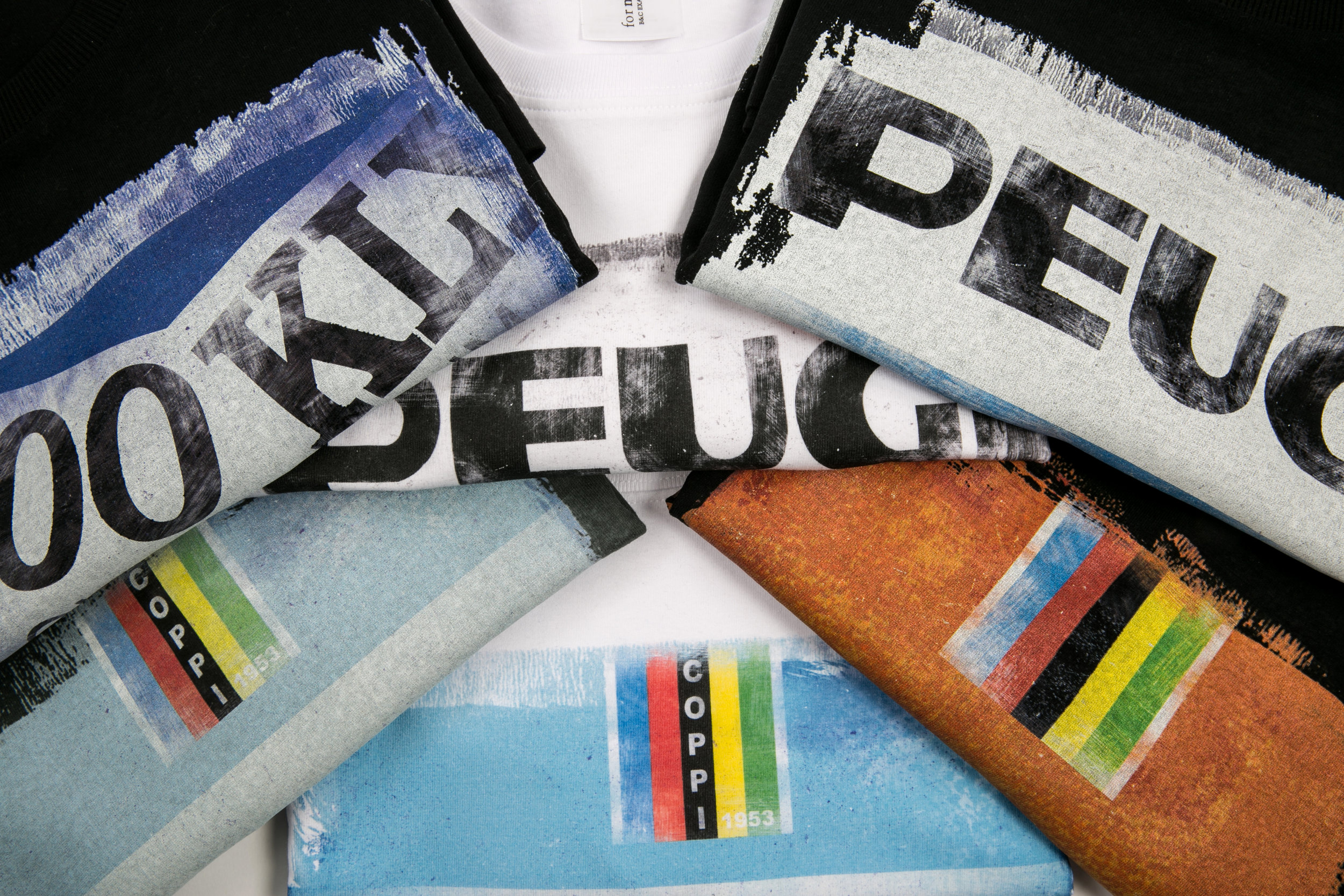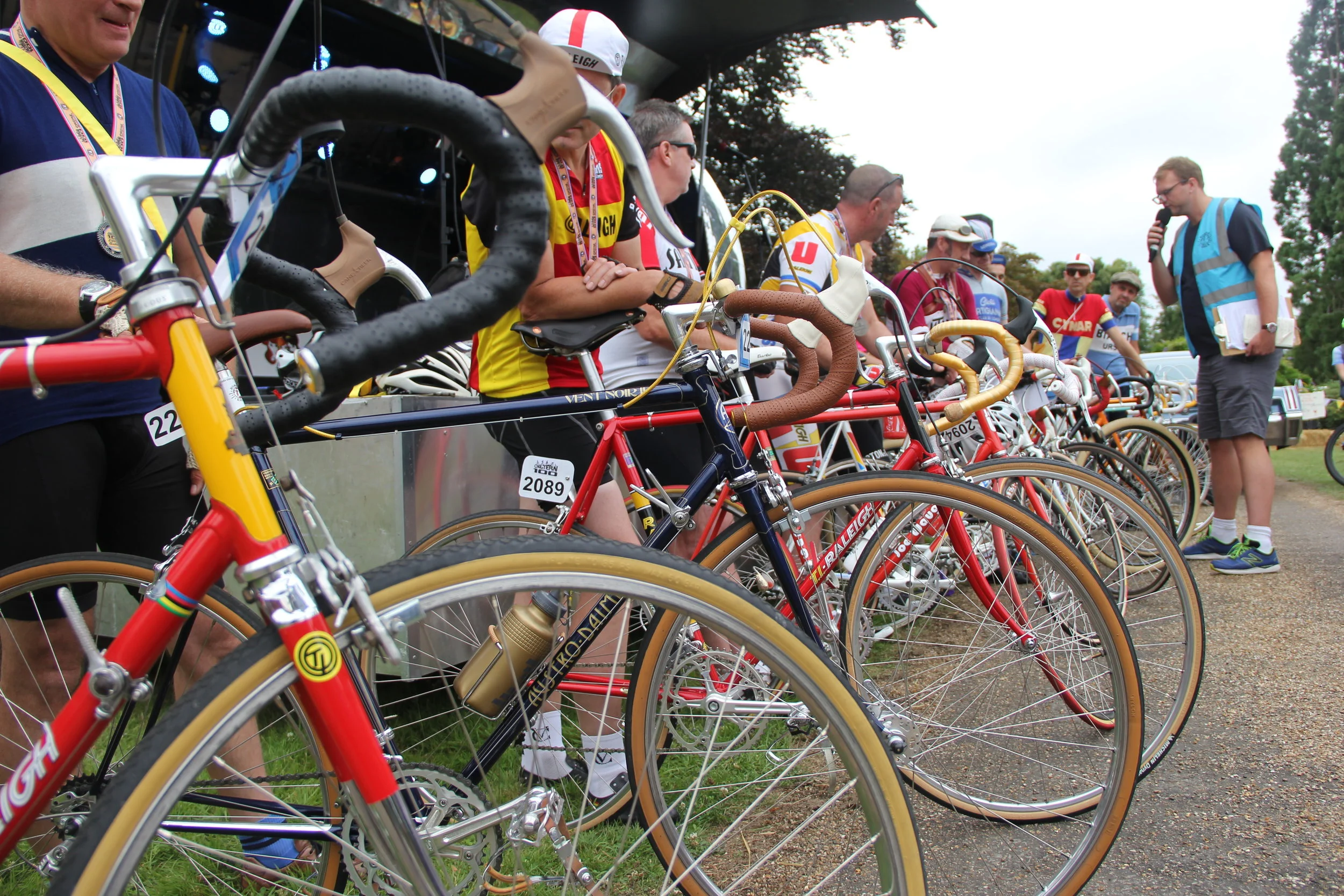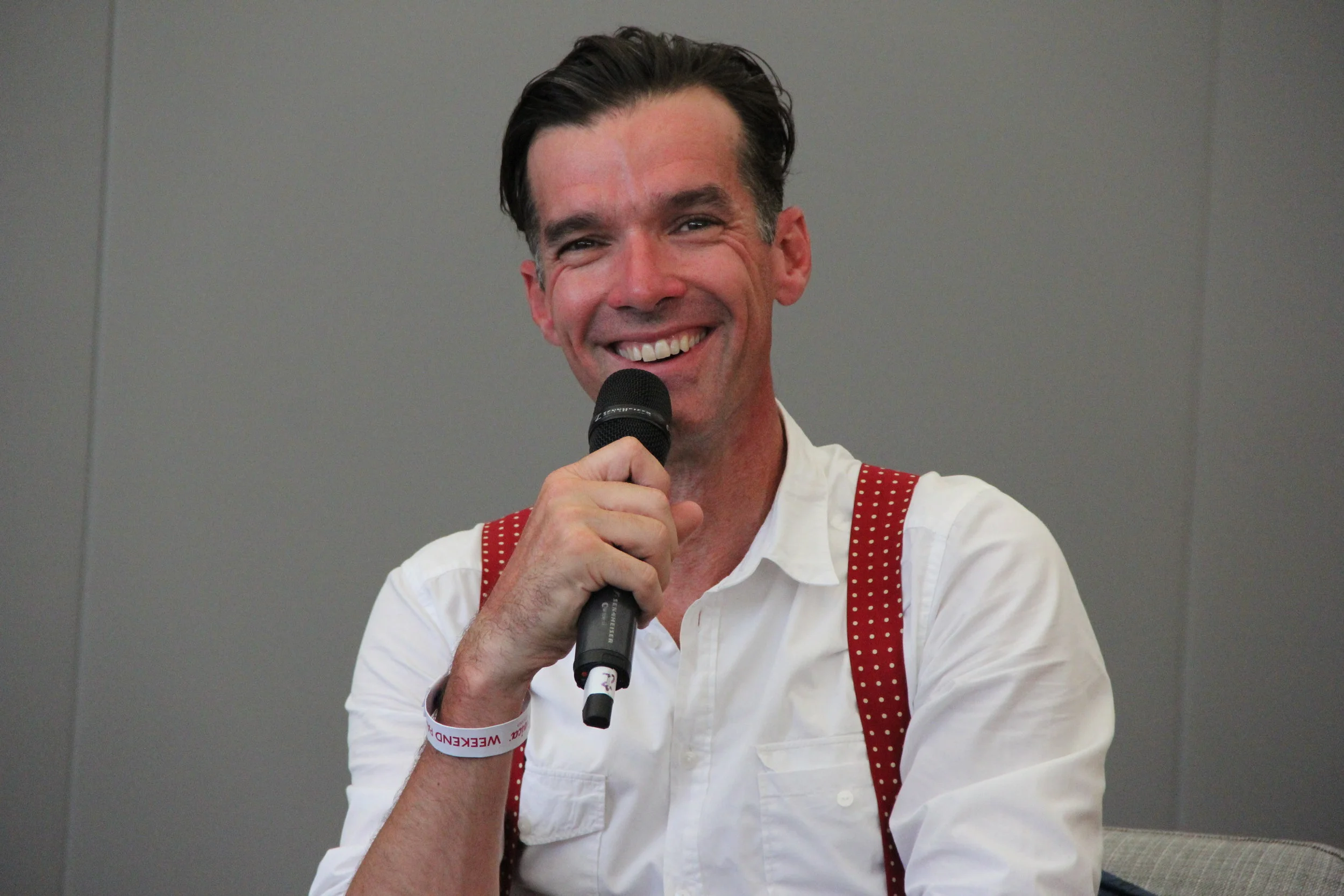I think it's fair to say that all of us who cycle get the same pleasures from the experience (and some of the pains too!) That feeling of freedom, the wind in our hair, being masters of our own destiny - to mention just a few of the positives. Bicycles can be beautiful, sleek and streamlined, or practical utility vehicles, but there is something about their geometry that makes us go weak at the knees and fosters an illogical passion for metal and rubber.
That shared passion for bicycles is what comes across loud and clear at the Design Museum's wonderful Cycle Revolution exhibition, which opened in London on Wednesday, and Ride Velo was lucky enough to be invited on a guided tour from show curator, Donna Loveday.
The moment you walk up the stairs from the entrance foyer, you are confronted with a back-lit image the size of a wall - it is so big that it feels almost real - and so evocative that my first impression was to want to dive head-first into that world, the world of road cycling in its purest form: two guys on bikes in the mountains.
These tyre tracks run along the floor throughout the entire exhibition to represent the four cycling tribes that the Museum has identified; High Performers, Thrill Seekers, Urban Riders and Cargo Bikers. This device is a clever way of structuring the show. As Loveday explained, cyclists are passionate about cycling and treat their bicycles as extensions of themselves, "cycling is tribal - hence the four tribes. For the exhibition we looked through the eyes of those tribes."
From the High Performers (pros) to the Thrill Seekers (BMX, MTB riders)
This idea that a bike is a way for its rider to express his or her personality is illustrated cleverly here. The bicycles are exhibited beautifully and in keeping with their own 'personalities' so the historic pro team bikes demanded reverence, the BMX bikes appeared to be leaping and jumping along the museum walls, while the commuter bikes and urban bikes queued politely and the bikes of the future were packaged in backlit boxes.
One of my personal favourites was the '2015 Boxer Rocket Aluminium' resembling a 1930s American Airstream trailer, which was designed by a man in Dorset to transport his children and pets to the beach and now produced by Boxer. A cargo bike of creativity and craziness designed for a rather utilitarian purpose. This really illustrates the bicycle as an extension of personality.
The Boxer Rocket designed for bombing down to the beach
Trustee and Founder, Sir Terence Conran, suggested cycling as the theme for the Design Museum's final exhibition at its current home next to Tower Bridge. This was because there has been such a resurgence in cycling recently that it is now at a level not seen since World War II (thanks in part to Olympic successes since 1992). Loveday wondered about creating a show dedicated to the History of Bike Design, but decided that 'where cycling is now, and the future of cycling' were more interesting themes to explore. As a result, another area of the exhibition features the work of six independent British bike builders working today, all totally different in style, but equally impressive.
The future of cycling - bikes made from sustainable materials you can build yourself
There is a whole room devoted to the future of cycling, which showcases bikes made from a variety of different sustainable materials including ash, ply and bamboo. One of these manufacturers, the Bamboo Bicycle Club in East London, run courses teaching you how to make a bike in a weekend. Another, the Sandwich bike, comes flat-packed, Ikea-style for you to build in the comfort of your living room. An ingenious e-bike system made by ARC Innovations was also on show - they will retro-fit a battery pack onto your existing steed to help you up the hills if you run out of steam!
One of the re-imagined road signs also on display at the Design Museum currently
A display of the world's top cycling cities was really fascinating and full of great ideas such as Bogota in Columbia which closes its streets to cars on Sundays. In Montreal they have annual mass rides for the residents. It is great to see designers responding to the demand from cyclists for safer streets to cycle on, and to see how they and urban planners are rising to the challenge. The earliest bike on display at the show was the Rover Safety Bicycle, designed for safer cycling in 1865. It's not surprising that cycle safety is still one of cycling's biggest challenges today.
There are so many incredible and historic bikes to see at the show, I couldn't possibly list them all here, so I strongly recommend you go and see them for yourself. Highlights include: Sir Bradley Wiggins's 2015 Hour Record Bike and 2014 World Championship Time Trial bike; a number of Team Sky's Pinarellos from their 2015 Tour de France win, Sir Chris Hoy's Great Britain Cycling Team London 2012 Olympic track bike; the Lotus Type 108 ridden by Chris Boardman at the 1992 Barcelona Olympic Games, and Eddy Merckx's 1972 Hour Record bike. A selection of Sir Paul Smith's personal collection of signed team jerseys was also on display.
But what I will remember most about this excellent exhibition are the personal stories that Loveday and her team managed to capture so well - often on film. From the recorded interviews with high-profile cyclists including Sir Paul Smith and Lord Norman Foster on what cycling means to them, to the story of Peckham BMX 1 Way Up, the films reveal how cycling gets under your skin and has the power to make the world a much better place.
Cycle Revolution is at the Design Museum, Shad Thames London SE1 2YD until June 30th 2016.
